Malta - On a Budget (It Sizzles)
From the air, Malta is a sea of white cubes on a cocoa coloured background. The green of winter has been scorched away. It hasn't rained for months. This is one of the most densely populated countries in the world. The coast is a series of peninsulas lined with buildings. Cities spill into each other. Some of them are grand and baroque. Competition for Venice – or Sicily. There are few sandy beaches and these are covered in lines of towels and prone bodies. otherwise, the tourists laze on limestone pavements or concrete ramps with staircases set into them. Swimming access is essential. It's roasting hot and the sea is a clear, warm bath. The bays are crammed with bobbing boats. I'm told that there are more boats than people.
I'm visiting as I'm desperate for some travel abroad and Malta is on the green list. It's also on my I Must Revisit As I Don't Have Any Photos list. My last trip here, with my husband Don, was grim. We didn't have any money and were on a very cheap package trip. It was August, baking hot and Don refused to go anywhere. I decided I hated Malta.
I'm also on a budget this time - Covid has wiped me out. And the forecast is for 35 degree plus heat. Perhaps I'm doomed. But I am on my own...And the Easyjet flights were only £100 return.
Contents
- St Julian's
- Giljana
- Sliema
- The History of Valletta, The Capital of Malta
- Exploring Valletta
- On The Bus in Malta
- The Three Cities of Malta
- Vittorioso
- The Haq Quim Temples
- The Blue Grotto
- Rabat and Mdina
- Mosta
- Marsaslokk
- North Malta
- Comino
- At The Blue Lagoon
- Gozo
- Marsalforn
- Rabat (Victoria)
- Covid Testing in Malta
- Malta Revisited
St Julian's
My accommodation is in a charmingly unspoilt area of St Julian's. Steep streets, old town houses, covered jutting balconies, and faded paint leading down to the waterfront and Balluta Bay. There is a teeny squidge of sand overlooked by a huge cathedral and some overwater restaurants. It's buzzing. St Julian's is more vibrant than neighbouring Sliema. There are more interesting looking bistros and bars, as well as the smart cafes that line the rectangle that is Spinola Bay ( still more bobbing boats ) on the edge of Paceville the upmarket nightclub area. This is a (relatively) tasteful blend of English/British signboards and shopping chains (there's even an area called Pembroke) and European style. There are supermarkets and fruit stalls to buy food (my accommodation has a kitchen) and some of the smaller restaurants aren't too expensive. There's McDonalds and KFC if I get desperate.
Giljana
I can't fault my lodging, called Giljana. For fifty euros a night I have a big air conditioned room with a balcony decorated as ‘The Music Room' with drums for shelves and a saxophone on the wall. It's ultra clean and the owner Josie is superbly helpful, WhatsApping me bus numbers and routes and advising me on what to see. She's even washed my own towels for me, without being asked. It's in an apartment in the quiet part of town, just behind the waterfront. My only complaint is that it is up a steep hill. But then everywhere in Malta is up a steep hill.
Sliema
I follow the waterfront pavement with ever changing views of a sapphire sea dotted with turquoise, round to Sliema, the other main tourist hub. More hotels and restaurants and plenty of rockpools. There's even an old fort that has become an eating place.
Then I cut through the inland shopping areas. I'm glad of the shade. Its slow going in the thirty degree heat. Now it's mostly downhill. And there are numerous familiar names. Next, Boots, Monsoon, Accessorize. All the chains we used to have in England before Covid and online shopping closed them. Now I'm on the other side of the Sliema peninsula and on the quay. There are lines of booths, with men loudly selling boat trips. But I'm after the ferry across to Valletta. That's only one and half euros.
The History of Valletta, The Capital of Malta
I'm already losing count of all the harbours and marinas in Malta. I'm crossing Marsamxett Harbour now, is one of the most important and there are views across to a citadel - Fort Manoel on Manoel Island - and to the centre of Valletta, marked by a domed church. This is the Shrine of Our Lady of Mount Carmel.
Valletta, is the smallest national capital in the European Union by area. It rises steeply from the ferry port, ending in a lofty sheer drop at the edge of what is now Grand Harbour. This magnificent hill top city was the result of the Great Siege of Malta by the Ottomans in 1565. The Knights of Malta, led by Frenchman Jean Parisot de Valette, Grand Master of the Order, (with the help of Spanish and Maltese forces), were victorious and repelled the attack.
After the siege, they felt it prudent to increase Malta's fortifications, particularly in the inner-harbour area, where the new city of Valletta, named in honour of Valette, was built. I've never seen so many castles, batteries and fortifications bundled together like this, within enormous city walls with huge gates and watchtowers. Malta is indeed supremely well defended. The new main city gate is the fifth to be constructed. It is an elaborate affair, which integrates Greek style pillars, open air stands and a parliament building designed by Renzo Piano, reached by a bridge over a massive trench.
The knights also constructed watchtowers along the coasts – the Wignacourt, Lascaris and De Redin towers – and named them after the Grand Masters who ordered the work. Situated at the crossroads of the Mediterranean, Malta has needed its fortifications. Most notably in the Second World War, when it was the base for the British Navy. Today, war room exhibits and war museums proliferate.
Exploring Valletta
Over time, however, the population has decreased to only 6000 and the parts of Valletta that aren't citadels or churches have been given over to boutique hotels, restaurants and other tourist attractions. A five euro train ride is a welcome way to escape the climb from the ferry and see a few of the sights.
My tour takes me past the narrow winding streets, festooned with balconies, a few of the churches, (including the Anglican Cathedral of St Paul), past St Elmo's Fort, defending the Grand Harbour entrance and alongside the Grand Harbour itself, with views across to the so called Three Cities of Malta. The opposite side to St Elmo's defending the harbour entrance is Fort Ricasoli, built by the Order of Saint John in the late seventeenth century. The fort occupies a promontory known as Gallows' Point and is not only the largest fort in Malta, but also the largest in Europe.
The centre of Valletta overflows with majestic buildings, the presidential palace, museums, fountains, towers and aqueducts, the pillars of the Law Courts and St John's Co Cathedral, with its Caravaggio Wing. Perhaps the most impressive building is The Auberge de Castille, originally built to house the Knights of St John and now, suitably remodelled. the home of the Prime Minister. The city is bustling and the cafes full, though I'm told that Valletta is very quiet at the moment, because of Covid. It must be horribly crowded normally then. Now I'm exhausted and over heated. Ice cream and the bus back. I've bought a 21 Euro bus pass which will last me a week.
On The Bus in Malta
This isn't Japan and the bus timetable is a work of fiction. I thought I would beat the heat, get up early and catch a bus into Valletta to continue with my exploration of the Three Cities from the capital. But two buses sweep past me as I race to the stop and there isn't another one for an aeon. When I'm finally on it's crowded, but a teenager immediately vacates her seat for me. This is new an welcome. If seats are not available elderly passengers demand one and the younger occupants oblige instantly.
The Three Cities of Malta
Back into Floriana, at Valletta, and across the Barakka Gardens to a lift that plummets in parallel with the huge fortifications. The views across to the Three Cities are enticing. I have a long time to enjoy them. The ferry only goes every half an hour.
There are no signs or maps, like in Valletta when I arrive so I'm struggling to orientate myself. The Three Cities of Malta are separately known as Vittoriosa, Senglea and Cospicua, or Il Birgu, L-Isla and Bormla respectively. You can see why I might be confused.
Finally, I deduce that I'm in Cospicua at the bottom of this finger of harbour with Vittoriosa to the right and Senglea to the right. The cities date back to Phoenician times and are far older than Valetta, the first home of the Knights Hospitallers. Hence, more, generally older fortifications and churches. A feast of domes scarlet, white and yellow flags and baroque architecture. And infinitely quieter than Valletta. It's mostly locals sitting on benches in the shade.
Vittorioso
Most of the main sights appear to be in Vittorioso, so I head that way. The view back to the bastions of Valetta is glorious. Thousands of expensive motor boats are moored on the newly renovated waterfronts and in rows on the shimmering sea. They are interspersed with the small wooden craft used by the locals - mainly for tourist trips nowadays. They mask chic cafes on the newly renovated quayside. There are definitely more church towers in Vittorioso. Their bells all peal in unison on the hour.
The largest of the citadels here, St Angelo's Fort, guards the entrance to this inlet, the couvre port. The fort is now a formidable back up to Fort Risouli. There's yet another war museum with advertising boards artfully arranged so as to almost force you to enter. I slip round them. One of the last things I spot is the tourist information office. It seems to be closed, but a tousle haired woman pops her head out. It is closed she confirms. Covid. Where can I get a map? I ask. So she brings me one. And explains with a huge smile that there isn't much to see except churches and those are all closed. Nevertheless, IMHO, the views in every direction are amazing. Especially the scenes across various harbours from near the fort.
I ask some roadworkers to take my photo. The young Albanian pursues me up the street. 'Facebook address please', he begs.' I don't use Facebook or WhatsApp' I lie. 'Coffee then', he pleads. I'm walking on fast. Virtually the very last place I pass in Vittorioso is the starting point for all the sightseeing tours - bus and boat. Ah!
Back through Cospicua and into Senglea. Another huge domed church. Another citadel and a raised garden with more of those astonishing views. And no shade over this side of the marina either. Time to head back.
The Haq Quim Temples
A bus to Valletta again and this time changing to the 74 out and south. The bus only goes once an hour so there's a long queue. The outlook is still dry and dusty. Much of this journey involves navigating round the airport runway and numerous hangars. I have to disembark at Hagar. I was going to do the Blue Grotto first, but it's down a steep hill and I may have to walk. Better up than down….
There are two' temples' here, one known as Hagar Quim, on top of a ridge and, 500 meters down the slope, are the three buildings that constitute the Mnajdra Temples. are either a heap of limestone or a fascinating insight into Neolithic life, depending on your viewpoint. Whatever they are ancient dated to 5000 BC and contemporaries of the henges of the UK. They seem larger and more elaborate but have circular chambers and stone lintels (in this case megalithic ones) and have been modified and enlarged over time, like the ruins at Skara Brae. The oldest chamber at Mnajdra was constructed around 3600 years BC. And so, is one of the world's oldest free-standing structure. As with its twin in Gozo, it's called the Gganytija Temple, because the stones are so big they could only have been moved by giants.
Like Stonehenge, there are associations with the solstice at both sites. The south temple at Mnajdra is built so that its main doorway aligns with the sun during the spring and autumn equinoxes. During the winter and summer solstices, the beams of the rising sun alight on two decorated slabs in the first chamber. There's some suggestion they were constructed by the Phoenicians who were great navigators. It's also a superb choice of location. There are incredible views from their lofty sites, facing out to the southern Mediterranean.
The sea breeze takes the edge off the searing heat, but it's still arduous clambering around and then making my way down the hairpin roads to the quay for the Blue Grotto.
The Blue Grotto
Here, the local fishermen relieve you of eight euros to take you along the coast to the limestone caverns. They are worth the trip. There is an arch. several caves, a little window that kayaks now float through ( it used to be a proper window) purple quartz formations and plenty of gleaming sapphire and jade swirls, where the light hits the water. Its not as blue as the Blue Lagoon though.
Rabat and Mdina
Then the bus again to Rabat. This is as rural as Malta gets, with high stone walls enclosing narrow roads. But there are still plenty of buildings. And even the smallest of towns has a magnificent church at the centre. We wobble along a cliff top road past the viewpoints at Dingli - the highest coastal area in Malta.
Rabat sits on a hill and has more churches and winding streets and a view across to the north coast. But the main attraction here is the old capital, Mdina.
Mdina is a fortified city in the Northern Region of Malta, which served as the island's capital from antiquity until 1530. The city, confined within its formidable walls, has a population of just under 300 (mainly affluent) people, merging into Rabat, which takes its name from the Arabic word for suburb, and has a population of over 11,000.
Mdina is beautifully restored, with a cathedral (dedicated to St Paul, the patron saint of Malta) and some surprisingly delicate tracery on other buildings close by – much of the important architecture in Malta is heavy baroque. The streets are quiet and not too oppressive. They cleverly funnel a breeze around. The nobility still own most of the houses here, passed on through inheritance, but it is no longer of any importance and is known by the Maltese as ‘the Silent City'.
Perhaps the most impressive sight is the citadel gate - it doubled as the entrance to Kings Landing in Game of Thrones - one of several sites around Malta to be used in the series when southern climes were required. Fort St Angelo also featured. Malta has provided backdrops to many other movies as well, most notably Count of Monte Cristo and Gladiator. Oliver Reed actually died in a pub in Valletta (called The Pub), whilst filming Gladiator, there's a plaque on the wall.
Mosta
The small, but densely populated city of Mosta has yet another basilica The Rotunda has a huge dome, that I saw as we came into land. It was built by volunteer labour. This is one of the world's largest unsupported domes. Also on display is a replica of the World War II bombshell that famously crashed through the dome but did not detonate upon impact.
Marsaslokk
Marsaslokk is a huge disappointment. It's billed as a charming fishing village with a harbour full of traditional fishing boats called luzzu. What they don't tell you is that the far side of the harbour is given over to a power station. And to the southern side is a huge commercial quay – the container ship free port lined with derricks. Apparently, it's called Pretty Bay.
You can see plenty of the traditional boats as long as you look steadfastly in the other direction. You can only do that from the tourist market which occupies the whole of the town side of the quay. The north side is bring torn up for renovation work. All the guides exhort you to visit on a Sunday as that's when they have the fish market. There are a few crowded fish stalls in the centre selling nothing out of the ordinary. The only other sight is another ornate church with a small dome. It's dedicated to the Madonna of Pompeii and there are banners erected for annual religious celebrated on the first Sunday in August, which is today. The uplifting sounds of sung mass waft out of the door.
It's even hotter today, positively sizzling. And its nine o'clock in the morning. They are offering harbour cruises - I don't think so - or boat trips to St Peter's Pool, which is a natural pool in the rock further up the coast. The guidebooks tell me that it's popular with young people who spend their time jumping into the water. It's not tempting.
To add insult to injury I can't get a 3G signal here so I can't find the bus stop back to Valletta. I'm directed up a very steep hill and find I have to wait 20 minutes with no shade. It's not my best outing.
North Malta
Today, Comino on the 222 bus. It takes over an hour to get to the very northern tip of Malta island. The journey passes quickly as I'm entertained by a Danish guy who lives in Luxembourg at the moment. Most of the vegetation is succulents or cacti - prickly pears and rows of gently waving aloes. We wend over some parched hills, terraced with dry stone walls and through the various coastal conurbations. St Paul's Bay. Bugibba.
This is where I stayed on my last visit. We found out that our cheap deal was indeed too good to be true. The apartment was tiny, concrete (painted white a long time ago), looked to be in need of a good clean and the cooker didn't work. Maybe the location would compensate? Well no, it seemed we were in the middle of a giant building site. There was no beach, just rocks and very little shade. The August sun was blistering.
I suggested we request to move to another hotel, but Don didn't want the hassle. He was training for the marathon and he declared it was much too hot to run during the day (he was not wrong). So, we spent nearly all our time sitting round a tiny crammed pool in another ugly and decrepit complex that was called the sister hotel. He went out to run when it was a little cooler, about seven. Then, off in search of dinner, when he returned, which was usually about nine.
I realised that the guy I'd been chatting to, on the sunbed next to me, was Eric Richard, who played the desk sergeant on The Bill. (He can't have been paid much). And that was the highlight of that trip.
More inlets chock full of bobbing boats. Il Mellieha has the largest sandy beach on Malta. Or so I'm told. I can't see any sand for the sea of umbrellas.
Comino
Malta is shaped like an upside down fish. Journey's end, is at the tail, where there's a large modern ferry terminal with a large modern Gozo ferry alongside it. But I'm taking the much smaller sister ferry to the island of Comino. The boat is run by an enterprising cooperative who get away with overcharging for the half hour trip - 13 euros return - by throwing in a close up of the rock pillars and caves guarding the island en route.
The main attraction is the gorgeously turquoise Blue Lagoon. I've already seen it from the air - when I couldn't get my camera out quickly enough - and its just as fabulous close up. Perfectly scenic surrounded by artistically placed diminutive cliffs, etched with nooks and crannies, complemented by an azure sky.
At The Blue Lagoon
The problem is that half the tourists on Malta think so too. I've attempted to get here early, but it's ten o'clock when I finally arrive and several large tour boats have already beaten me to it. The iridescent lagoon is soon nose to tail with an assortment of craft and the bay dotted with swimmers and snorkellers. At least there's an area sectioned off for bathing.
Deckchairs and umbrellas are crammed into every last square inch of rock and too loud music blares from the bars and kiosks above. Vendors tout vociferously for these and various water sports. Though I'm not sure where there is space for all these jet ski and paragliding trips. The cocktail of choice seems to be a mojito served in a pineapple. I'm not sure why. I'm pretty certain they don't grow pineapples in Malta.
More and more tourists are decanted onto the minuscule quay. The two 'sandy beaches' are tinier than a smidge. But it's still worth the trip. The sea is super clear over the shimmering sand and there's just enough room to navigate round the bodies in the water, so swimming is delightful.
Gozo
Josie, my landlady, and her husband Mark are travelling to Gozo for a couple of days so, they give me a lift back to the ferry port, take me on the ferry in their car, and ( well beyond the call of duty) deliver me to Marsalforn in the North. Gozo is the second-largest island in the Maltese archipelago and is depicted as a rural counterpart to its big sister island. It's not quite what I expect a rural idyll to be. It is slightly greener, (but it hasn't rained here for ages either) and is slightly less urbanised. I can see signs of agriculture. There are rows of vines. But there is still a great deal of building and plenty of huge churches, again in the smallest of villages.
Josie tells me that the Gozitans (say it Goz -i- tans) are very friendly and helpful in the event that I get lost. But they tend to disappear into their homes in the afternoons. Let's hope I don't need any assistance on my adventures.
Marsalforn
Here at Xwejni Bay there are salt pans dug out of the limestone. The saltwater is left to evaporate all summer and then dug out to be sold. It's also a scenic spot with little bays and rock formations. Wandering along the promenade into Marsalforn proper is a rewarding if perspiration inducing endeavour. Marsalforn is one of the most popular resorts on Gozo and the bay here is lined with hotels, guest houses, restaurants and bars. There is one teeny sandy beach in Marsalforn, however, all along the rocky coastline there are pools in a variety of gorgeous hues. The thermometer is touching 40 degrees today. A swim in one of the pool areas is a necessity to cool down.
Rabat (Victoria)
Then it's a bus to Gozo's Rabat ( also known as Victoria from British times ) which is the capital of Gozo and home to Gozo's Cittadella. The hill top fort here was re-constructed under the Knights of St. John, after the Ottomans invaded the city in 1551. The massive stone walls of the fortifications were a defence to protect against pirates attempting to take slaves, as well as against any Moslem invasion.
Like at Mdina, there is a cathedral, The Cathedral of the Assumption of the Blessed Virgin (with the same architect as the one at Mdina), several churches and narrow streets. But here you can walk nearly all the way round the walls. And you can see almost the whole of Gozo in the process. There's a café on the ramparts selling what it calls Maltese delicacies. I sample the Maltese drink kinnie, which is like a bitter orange tonic. It's delicious. Sadly I can't say the same for the calamari stuffed with tuna that the owner persuades me to try. It's stewed in tomato and is disgusting; the squid is like rubber. Fortunately, he throws in a huge basket of chips.
Covid Testing in Malta
Josie and I have worked out that I can get the required Fit to Fly test at St James Hospital in Sliema, where they have a walk in swabbing tent. It's almost impossible to cut through the jargon and work out which test is required for re-entry to the UK but we think that the rapid antigen test at 35 euros will be ok. The PCR costs 140 euros in comparison. They're running an early morning Sunday service at 7.30 a.m. What they don't tell you in advance is that it's 60 euros - almost double - as it's 'a special day'.
Booking in is chaotic. You have to scan a form, fill it in online, submit it and wait for your name to be called. Simple. Except that most of the folk who have turned up don't understand the system. certainly don't understand how to fill in the form, don't know their passport numbers and crowd the entrance, thinking they will get seen sooner if they just push in. The medic on duty is spending more time filling in forms for angry frustrated tourists than he is administering tests. My test is exactly the same as the free lateral flow tests we get at home. And he only does one nostril.
Malta Revisited
I'm glad to report that my second visit to Malta was a much happier experience. There's loads to see and the Maltese are very friendly. It's definitely worth a trip.
COVID-19 Things to do Blue Grotto Comino Gozo Malta Mdina Sliema Transportation Valletta Bus Europe
Share this tip:
Written by suetravels
There are 2 comments

Moony
Aug 13, 2021 at 07:23
i've been to malta a few years ago and i loved it, especially comino!
thanks for the memories
See also
Accommodations
Tours and activities
Rome-Ravello transfer (car service), stop in Herculaneum
The escort driver will pick up clients at the address provided. Proceed to Ravello with a 120 minutes stop at Herculaneum where the guest explore the Village. Or the reverse, where pick up is Ravello and drop off is Rome with a 120 minutes stop Herculaneum.
Prishtina is capital of Kosovo with 350-400 000 inhabitants, and also a University City with over 50 000 students from throughout the country. Pristina is a political, economic, cultural, and diplomatic center of Kosovo. It is very dynamic city, with bright and positive youth, with many cultural, arts, urban and sport events held in the town.
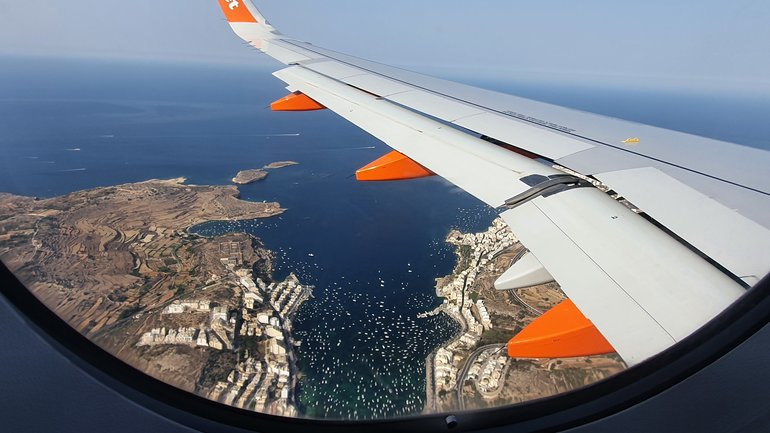
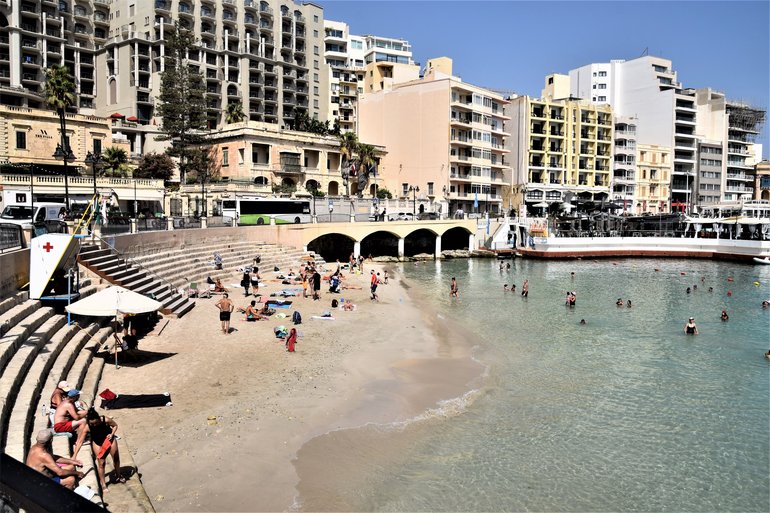

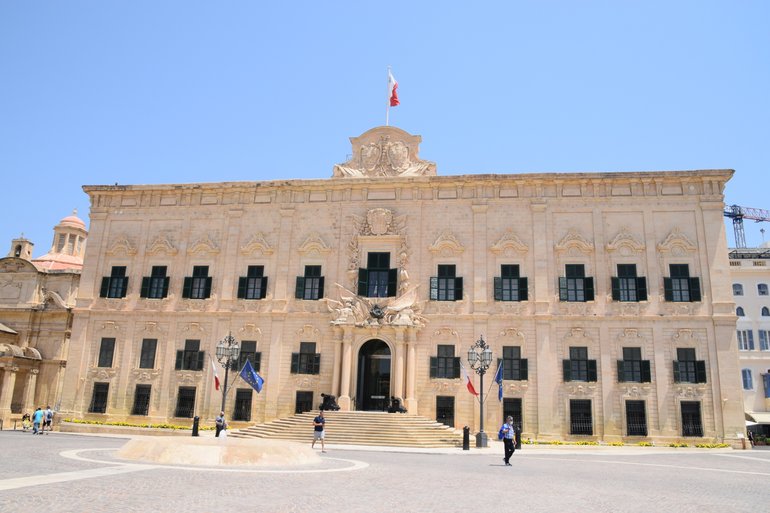
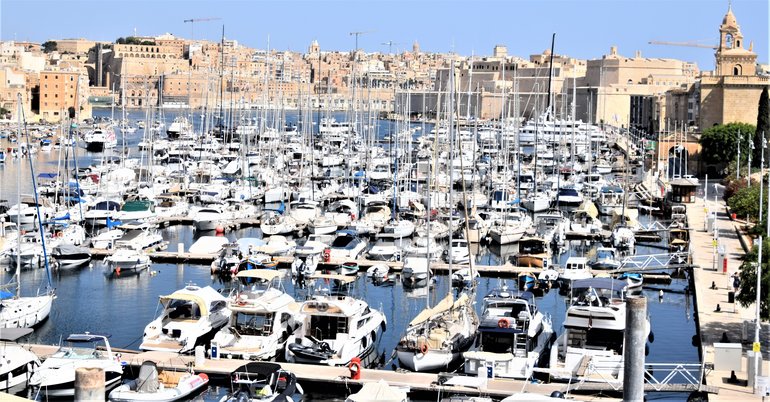
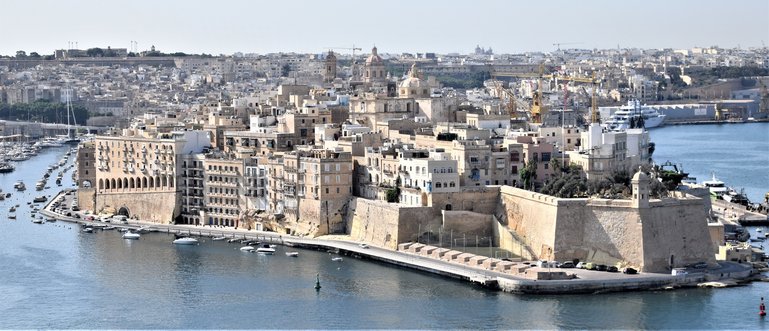
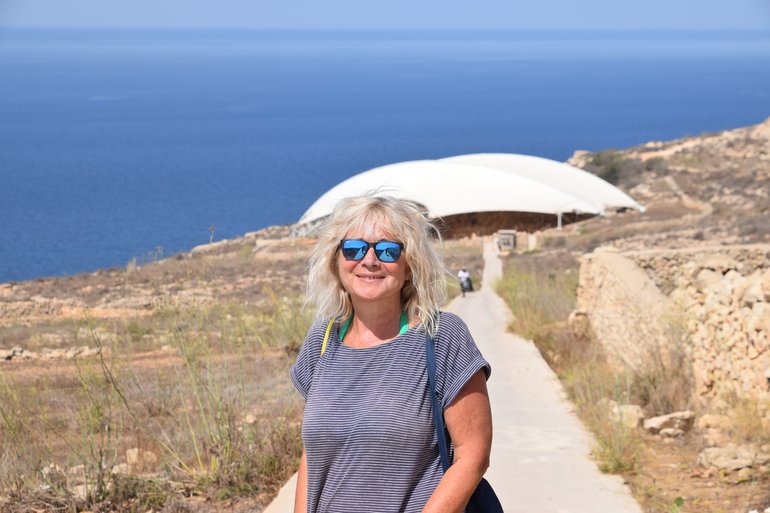
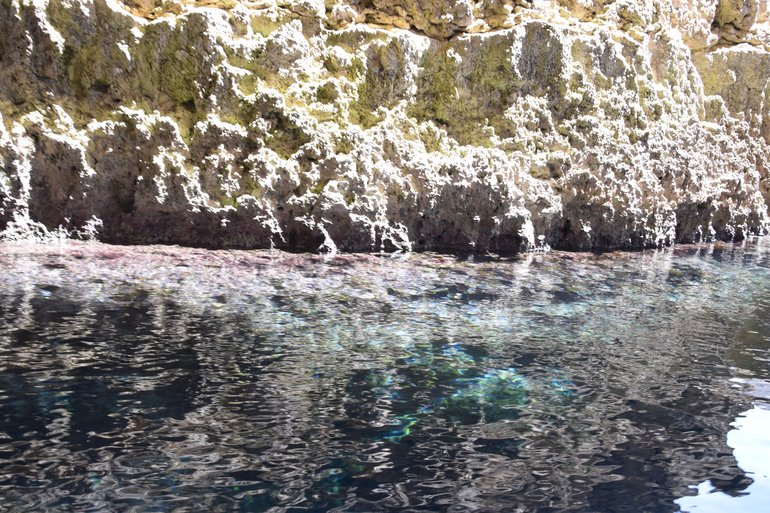
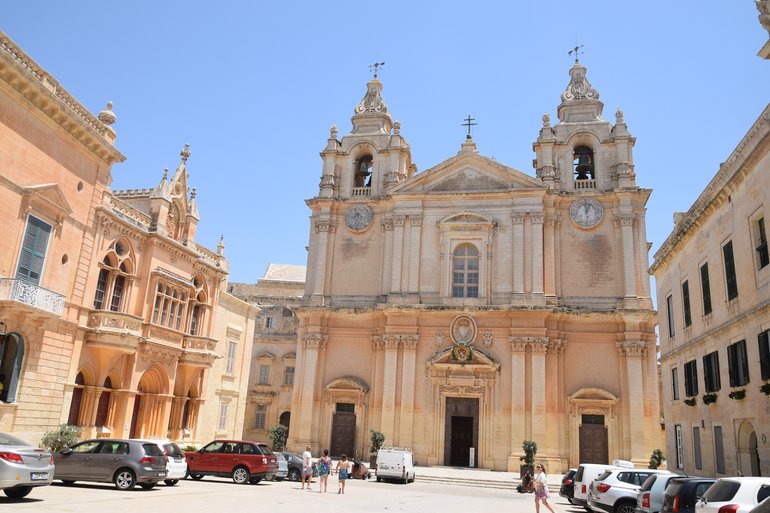
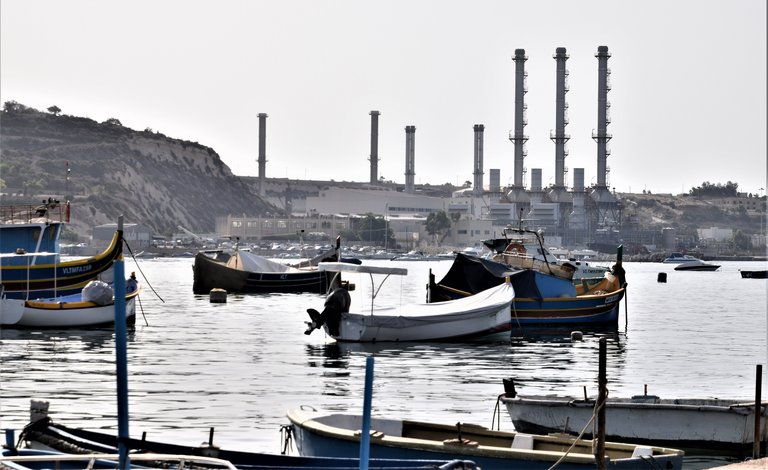
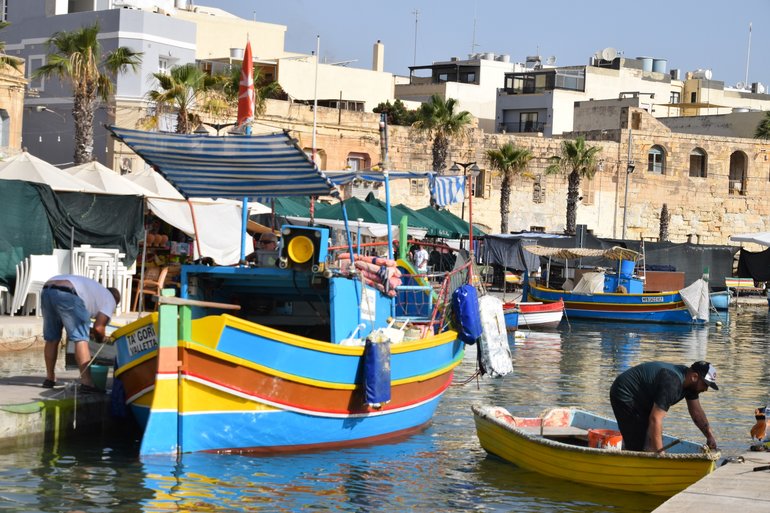
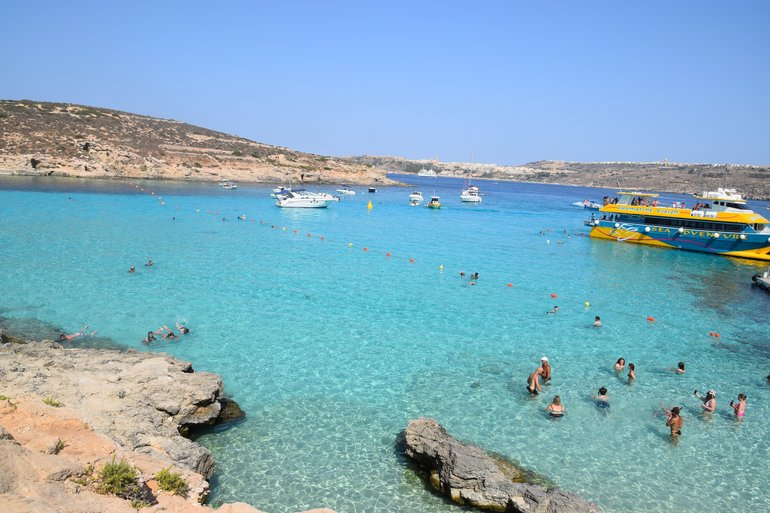
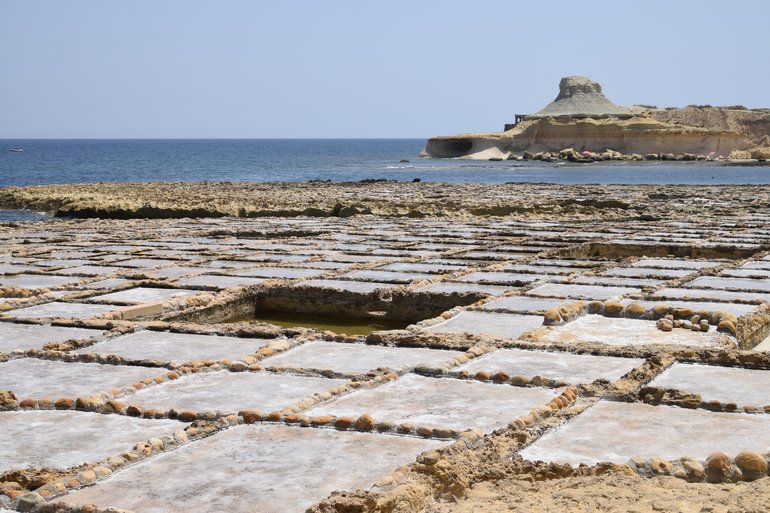
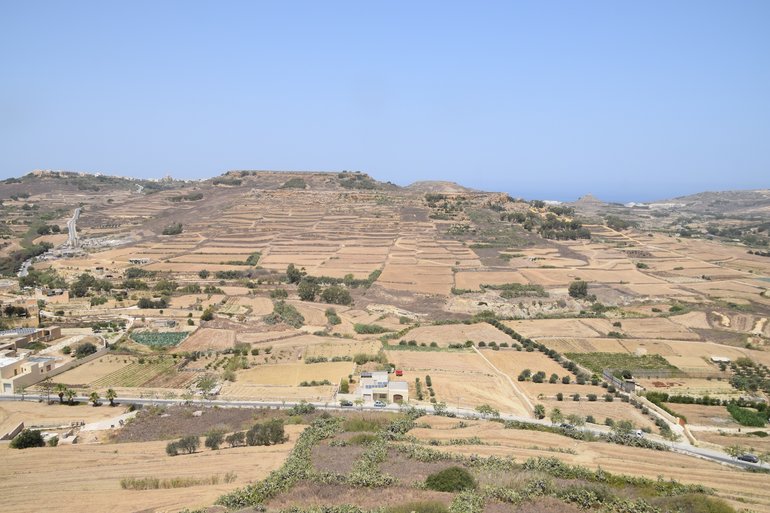
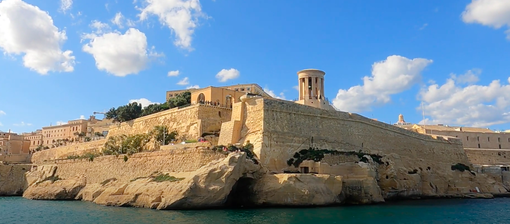
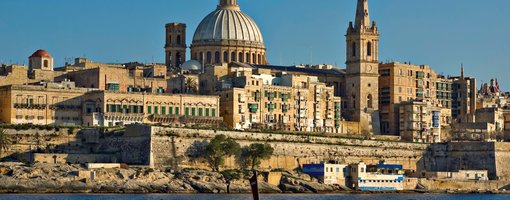
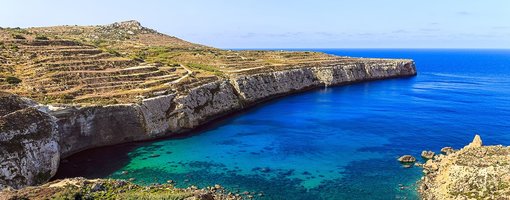
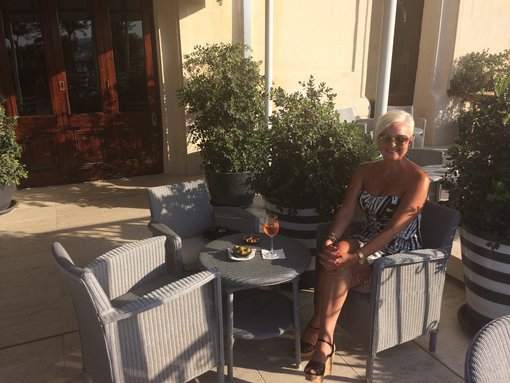
suetravels
Aug 13, 2021 at 07:43
A pleasure. Thank you for taking the time to write. And happy travelling!